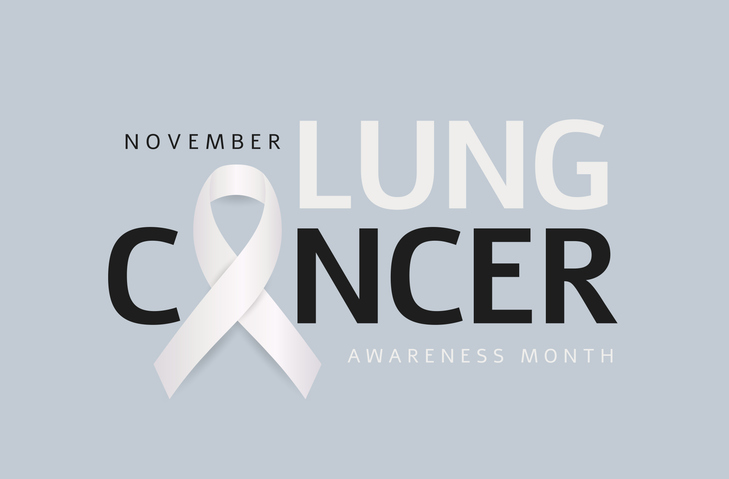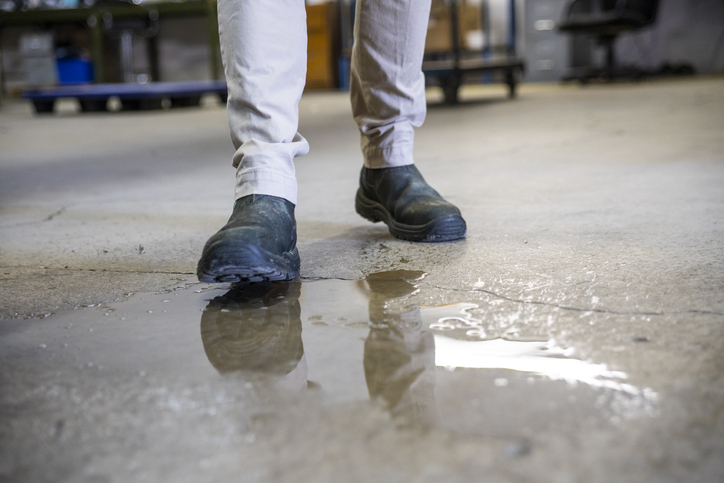
Know when to seek legal help when you’re injured on Thanksgiving Day.
Thanksgiving Day Injuries: When to Seek Legal Help
Thanksgiving is a wonderful time to get the family and friends together for one of the best meals of the year.

Know when to seek legal help when you’re injured on Thanksgiving Day.
Thanksgiving is a wonderful time to get the family and friends together for one of the best meals of the year.

Children are especially vulnerable to severe illnesses caused by E. coli infections.
Recent E. coli outbreaks from major brands have people wondering–can you sue if you get sick from an E. coli infection?

Learn about lung cancer lawsuits for Texas residents.
Texas ranks 10th in the nation for the rate of new lung cancer cases at 48.6 per 100,000 yearly.²

Drivers must be extra cautious on Halloween night.
Halloween is right around the corner, and pirates, princesses, and ghouls will soon be filling the streets of neighborhoods looking for candy across Texas.

More child pedestrians are killed in October than in any other month.
The countdown has begun: Halloween is almost here, and kids across Texas are brimming with excitement to show off costumes for a fun night of trick-or-treating.

Mental health is more important than ever in 2024.
When you think of personal injury law, you probably think of physical injuries like broken bones and bruises. However, the law has long recognized the impact of physical injuries (and major accidents) on your mental health.

SIDS has been associated with defective infant sleep products.
Among the many important observances in October is Sudden Infant Death Syndrome (SIDS) Awareness Month.

Slip-and-fall accidents can happen at work, in stores, and at school.
Texas has seen a lot of rainy weather already as the fall season draws near.

Know your legal options if your child is injured on a school bus.
Millions of children across Texas rely on the school bus to get them to and from school every day. While children are rarely injured on school buses, injuries do happen, and recent, scary accidents have parents concerned for their child’s safety.

Texas is facing its hottest temperatures of the year.
Kids are back in school as Texas has reached its peak temperatures for the year. Children are more vulnerable than adults to suffering heatstroke, and many children are hospitalized for heat-related illnesses each year.